
BirdTrack migration blog (5–11 May)
Relates to projects
This past week has seen a notable increase in Hobby sightings, with groups of more than 30 feeding birds recorded.
This is a great time of year to watch these aerial assassins as they refuel after their long migration from Africa, hawking for insects and taking advantage of exhausted hirundines. Hobbies favour heathland and farmland with scattered woods where there is plenty of large insect prey.
However, like many migrants, they can turn up in surprising places such as on the coast, and when they first arrive, they often congregate at wetland sites, where there is an abundance of prey.
Swifts have also arrived in large numbers in southern England, with BirdTrack reporting rates showing a marked increase in the last week.
A classic sign of summer for many, most of the adult Swifts we see will have been on the wing continuously since they left their nests at the end of last year’s breeding season. As for the immature birds, they may have been flying non-stop for up to five years before they are fully mature and attempt to breed.
We can expect numbers to keep building over the next few weeks as they continue northwards and reach Scotland and Northern Ireland, so keep an ear out for their screaming calls as they pass overhead.
Both Whitethroat and Lesser Whitethroat have seen a spike in numbers too. However, BirdTrack reporting rates for both of these species have been below the historical average so far this spring, suggesting that the birds are being held back on their migration.

Male Whitethroats are typically more conspicuous than Lesser Whitethroats, singing from exposed perches or performing parachuting song flights.
The two species are closely related and can be tricky to distinguish.
Whitethroats are larger and longer-tailed than Lesser Whitethroats, with warmer tones to the plumage and paler legs. Whitethroats’ behaviour tends to make them more conspicuous too, with males often singing from exposed perches or performing parachuting song flights.
In contrast, the more elusive Lesser Whitethroat lacks the rusty brown wing and warm tones, and their dark-grey ear coverts give them a masked appearance. Find out more about identifying Whitethroat and Lesser Whitethroat.
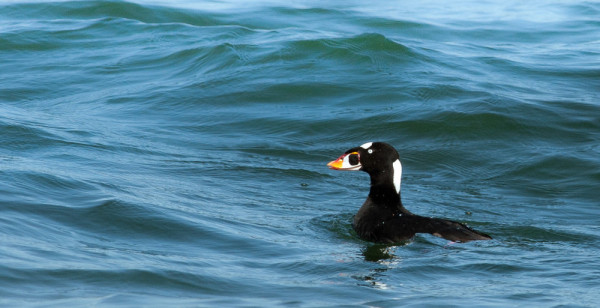
Scarcities this week included Stejneger’s, White-winged and Surf Scoters all mixed in with Velvet Scoter flocks off the Fife coast. Along with a White-winged Scoter x Velvet Scoter hybrid, they gave some birders an incredible ‘five scoter day’.
There has also been another wave of Black-winged Stilts arriving, with birds reported across Britain including in Carmarthen, Lincolnshire, Suffolk, Staffordshire and Shropshire. And in Somerset, the first Great Reed Warbler of the year was found.
However, the rarity highlight for many had to be a Grey-headed Lapwing in Northumberland, which was found on Monday 1 May and has continued to show well at the site since. This is the first record of this East Asian species in Britain, and only the fourth for the Western Palearctic.
Looking ahead
The coming weekend will bring south-westerly winds and warmer temperatures, along with birds migrating from the Continent.
As is typical of spring, the forecast for the week ahead is ever-changing.
At the moment, the coming weekend looks like it will be the most productive for migrating birds, with south-westerly winds bringing warmer temperatures and scattered showers. These conditions should hopefully continue the arrival of birds we have been experiencing this past week.
However, by early next week, stronger westerlies will bring heavy rain in some areas, slowing the pace of migration as birds are held back on the Continent.
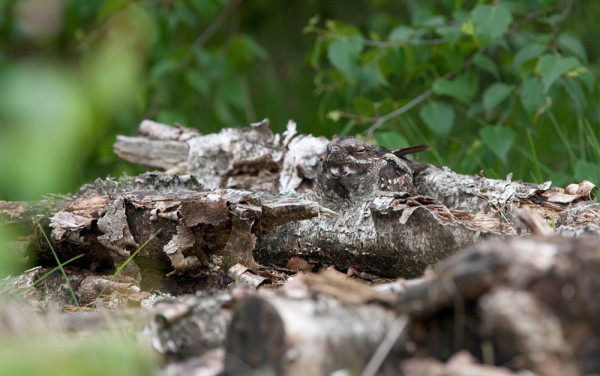
As we move into May, we should be expecting our first Nightjars of the year. Tracking studies have shown that these birds spend the winter in scrub-dominated grasslands, primarily in the Democratic Republic of the Congo. In the UK they breed in lowland heathland and areas of young or clear-felled conifer plantations, but habitat loss since the late 1960s resulted in a significant decline in their population. Numbers have recently begun to increase again, likely due to the availability of recently-felled plantation woodland and climatic changes.
Nightjars are cryptically coloured to blend into their surroundings when roosting during the day, and you are more likely to hear them than see them as the males produce their electronic ‘churring’ song after dark.
You are more likely to hear Nightjars than see them; they are cryptically camouflaged but the males produce an electronic ‘churring’ song after dark.
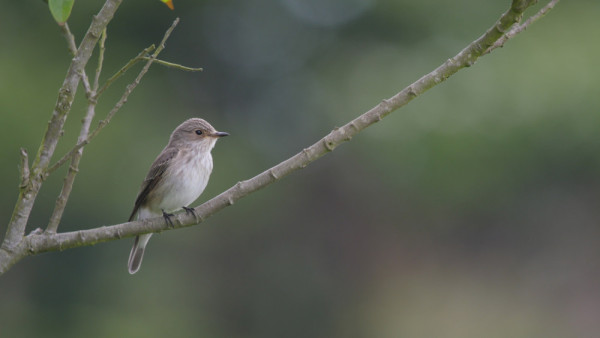
Another species we can expect to arrive this week is Spotted Flycatcher. There have been a few records so far this year, but things should pick up now as this species is among the latest of our summer visitors to arrive. Look out for them in open woodland, parks and gardens where they return to breeding sites. Given the time of year, visiting coastal migration hotspots may also prove fruitful.
Other species including Reed Warbler, Garden Warbler, Wood Warbler and, many people’s favourite harbinger of spring, the Cuckoo, will continue to pass through as they head north.
Some of our rarer breeding birds will also continue to arrive over the next week. Remember that extra care must be taken to avoid disturbing these species, and always think about how you share the information if you are lucky enough to find one.
Don’t forget to keep an eye on the skies as two of our rarer breeding raptors, Montagu’s Harrier and Honey-buzzard, continue to arrive this month.
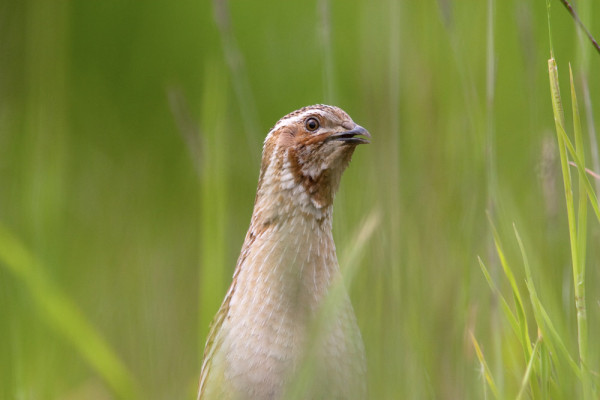
The secretive Quail will be arriving back to breeding grounds in lowland Britain, favouring arable farmland and open grassland.
We are also expecting the now scarce Corncrake, which has a restricted breeding range over a number of islands in Scotland and Ireland, and a few sites in eastern England resulting from reintroductions. Like the Nightjar, these birds are more often heard than seen, producing a “crek-crek” sound which gives them their scientific name Crex crex.
Which spring migrants have you seen? Are you still looking out for a particular species? Let us know in the comments below!
Send us your records with BirdTrack
Submitting your sightings to BirdTrack is quick and easy, and gives us up-to-date information about our migrating birds.
Don’t forget you can also add birds identified by call and song!
Find out more



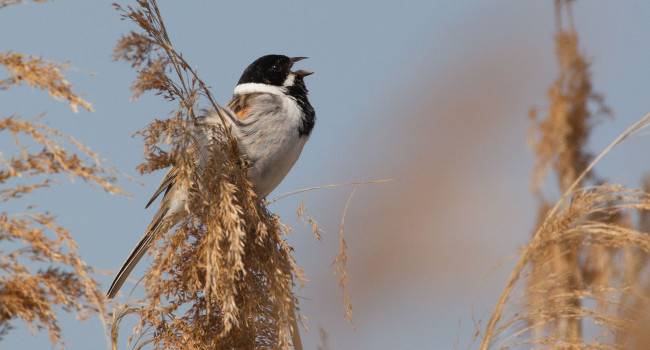



Share this page